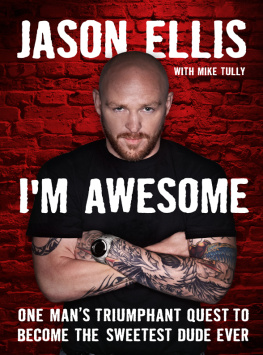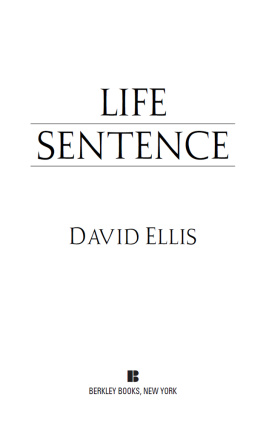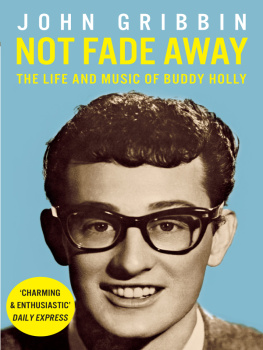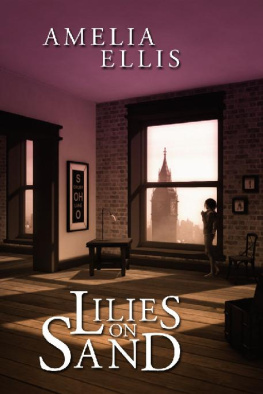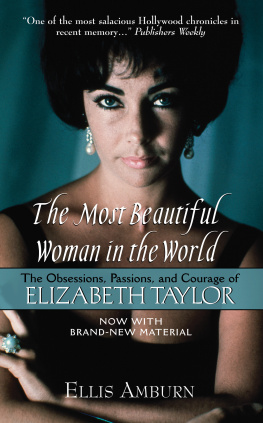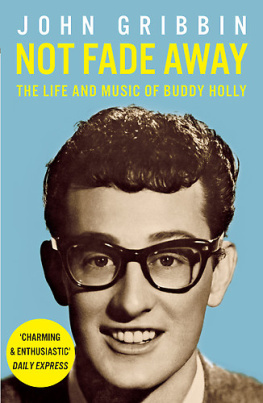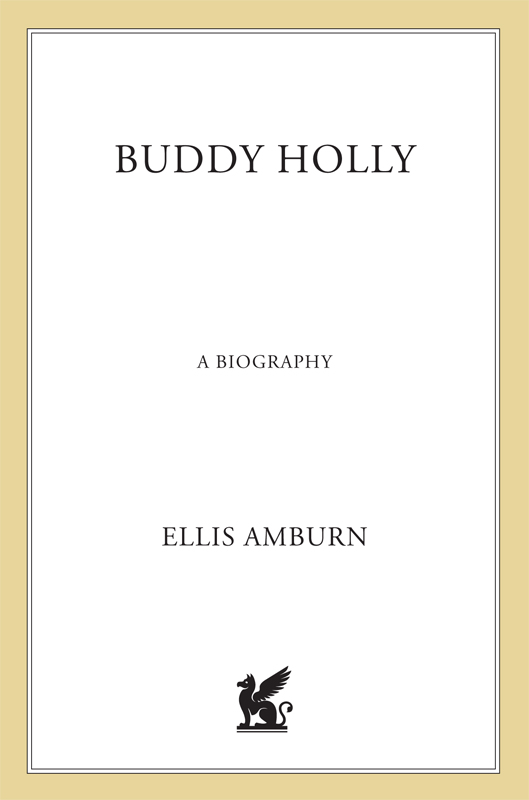

The author and publisher have provided this e-book to you for your personal use only. You may not make this e-book publicly available in any way. Copyright infringement is against the law. If you believe the copy of this e-book you are reading infringes on the authors copyright, please notify the publisher at: us.macmillanusa.com/piracy.
Contents
To Cy Egan
Kindest and wisest of mentors
Part One

Beginnings
Prologue: Young Man in a Hurry
Lubbock, Texas, Palm Sunday, 1992 The Tabernacle Baptist Church, where Buddy Holly was baptized in adolescence and eulogized at age twenty-two, is one of those severe modern structures built in the 1950sshedlike, functional, and without religious ornamentation of any kind, not even a steeple. It could easily pass for a Holiday Inn. The Holley familyBuddy dropped the e on his first Decca contracthas come to pray in force today. In the pulpit, the short, red-faced preacher angrily harangues the congregation, denouncing pip-squeak modernists and insisting on a literal interpretation of every word in the Bible. In a pew on the right side of the church, a couple of teenagers are making out. The boy, in a punk buzzcut and Bugle Boy denims, pretends to follow the sermon as his girl surreptitiously runs her hand up the inside of his thigh. Bristling with life and energy, they seem to mitigate the words of the fusty, out-of-touch minister. Nothing has changed since the days when Buddy Holly sat squirming in these pews in the 1950s. The struggle between piety and the lure of hot sex is still very much alive.
After the service, Buddys brother, Larry, now sixty-four, rises from his pew. He is a tall, lanky cowpoke with Buddys intense brown eyes and wiry physique. He is cautious at first but warms up when I tell him, truthfully, that he looks about forty. We meet the following day at Holley Tiles, a tile-installation company, which he owns and operates. Forget about that movie completely, he says, dismissing The Buddy Holly Story, the 1978 film in which Gary Busey portrayed Buddy. Put it completely out of your mind. That movie was completely erroneous. We were very disappointed in it. I would advise people not to even see it. I dont look at it anymore. For the next few hours he tries to be honest about Buddy. He wasnt no saint by any means, Larry begins. He certainly wasnt a goody-goody. He was a saint in the fact that he was a saved Christian. He accepted Christ as his savior when he was younger.
From my talk with Larry, a picture of Buddy emerges that is radically different from the books, movies, and stage shows that have formed our impression of him. The true portrait is etched out by Larry and in my interviews with Buddys widow Maria Elena, Crickets Sonny Curtis and Niki Sullivan, and other musicians with whom he worked. Classmates, teachers, former juvenile delinquents and churchgoers, DJs, record people, groupies, and ordinary folk who saw Buddy play at teen hops in the fifties tell me during my trips across the country he was far different from the likable dork he appeared to be.
He was exactly the opposite. On the most basic, physical level, he was hardly the awkward geek that his amateurish, poorly lit promotional photos suggest. Duane Eddy, the twangy guitar rocker who appeared with him in 1958, once described Buddy as a well-built six-footer who had wavy hair and was very good looking. And Buddys innocent public image, carried like a sacred torch for over three decades now, is far from the whole story. He was an impetuous, reckless youth in a perpetual rush, and couldnt wait to grow up and earn money. His adolescence was dotted with incidents of what was then called juvenile delinquency. He got into fights. He hung out withand was protected bya fearless young man who carried a chain and beat up anyone who bothered Buddy. His first sexual foray was not with a proverbial gum-chewing sweetheart who seduced him in the back of a pickup truck. The circumstances were far more Rabelaisian. There are even reports, though they are still disputed by some Holly experts, that he fathered an illegitimate offspring with a Lubbock teenager who liked to dance in juke joints.
As he moved further and further from the stifling strictures of his fundamentalist boyhood on the South Plains, he discoveredat the same time as did beat writer Jack Kerouacthe pleasures of New York. He became sexually adventurous, a moral outlaw in his time, not above mixing things up racially and bisexually. He romped in a little-known orgy with Little Richarda no-no in the uptight, segregationist fifties. It was only a hint of things to come.
Buddy fit Norman Mailers description of the white Negro, which Mailer defined in his famous 1957 Dissent essay as a hipster poised on the boundaries of repression and freedom. While not avowedly political, fifties rock was revolutionary. It urged people to do whatever they wanted to do, even if it meant breaking the rules. The original rockers of the fifties and their relatively small following were on the cutting edge of their time, trailblazers not only of rock n roll but of the political and social revolutions of the sixties. Like so many of his generation, Buddy was transformed by rock n roll from a warbling C&W bluegrass country boy into an early Freedom Rider who went into a hostile South with a busload of black R&B stars. His relationship with black musicians became a powerful symbol of the fusion of R&B and rockabillythe spark that ignited rock n roll as we know it today.
Discovering Buddy Holly at last as a flesh-and-blood human being, with all his flaws, does not make him any less attractive. Through all the drama of a short but eventful life, he remains one of the more appealing public figures of mid-century America. He was capable of heroically transcending his ingrained Texas prejudices, yet he remained loyal to family and friends. He was a tireless discoverer and supporter of then-new singers, like Waylon Jennings. As a friend he could be generous to a fault, yet crafty as a fox. In the music business, he was a gullible youth who was cheated out of a fortune. As a visionary, he established the basic rock-band lineup (two guitars, bass, and drums), expanded the parameters of rock to include string-drenched ballads, pioneered independent record deals, and started his own studio and publishing company. He was attracted to all sorts of women. He bedded his managers wife, whom some people considered a lesbian. He kept one of the Crickets waiting out on the street in New York while he got it on with a girl songwriter. He proposed to his wife, according to my 1993 interview with her, on their first date. The same spontaneity that made his life so tumultuous also infused his music with bursts of unbridled energy and invention, leading to a string of hit records and one of the seminal careers in rock.
As DJ Alan Freed said, Buddy was always in a hurry and wanted to be the first person to get anywhere. On the night of his death, his plane flew headlong into a snowstorm and crashed a few minutes later. Killed were Buddy, twenty-two, Ritchie Valens, seventeen, and the Big Bopper, twenty-eight. Popular culture has been fixated on that plane crash ever since. For those first introduced to rock in the fifties, Buddys death was a chilling experience. The death of a teenage legend was more shocking then than now, in the wake of the premature deaths of Jim Morrison, Jimi Hendrix, Janis Joplin, John Lennon, and Kurt Cobain, among many others. To millions, it will always feel as if Buddy was the first of their age group to die. Indeed, the crash of his Bonanza Beechcraft in Clear Lake, Iowa, on February 3, 1959, shocked a very naive generation into an awareness that it was not immortal. The event took on mythic proportions. It was a tragedy that came to personify the loss of innocence, just as Buddys music and fast-torqued falsetto captured that indescribable blend of joy, sweetness, and excitement that defined the end of the 1950s.



